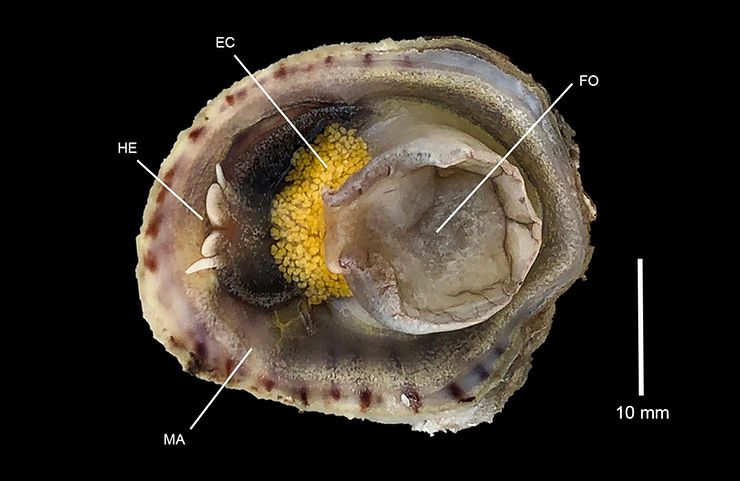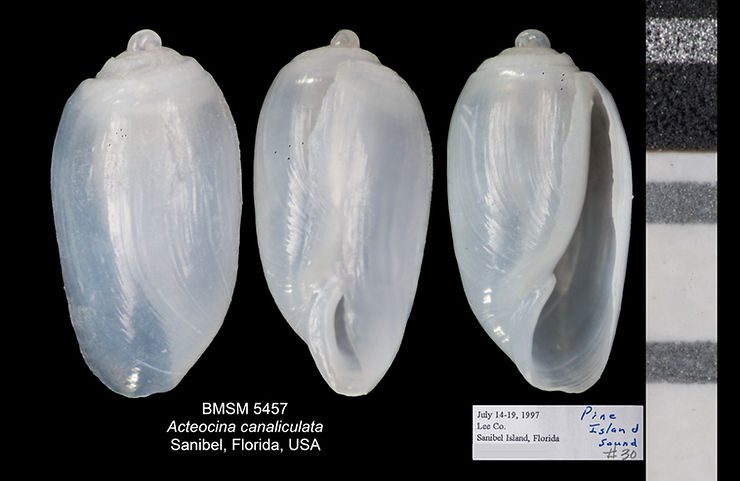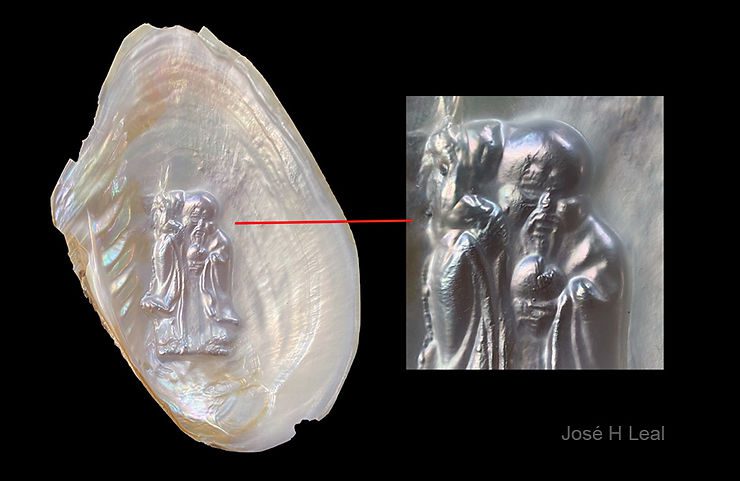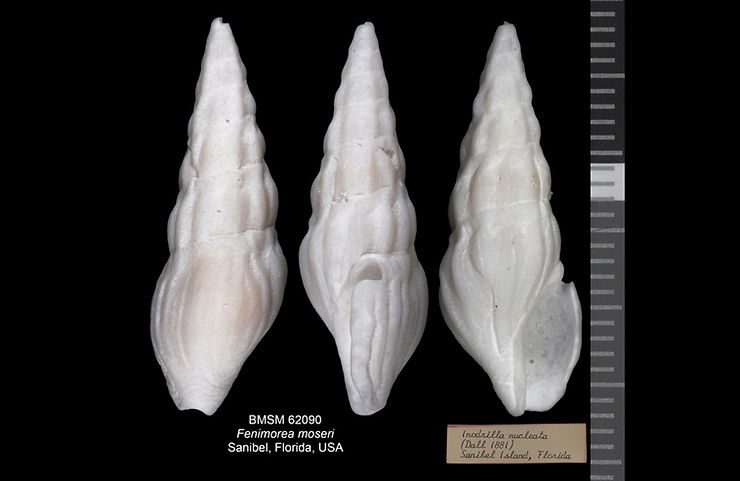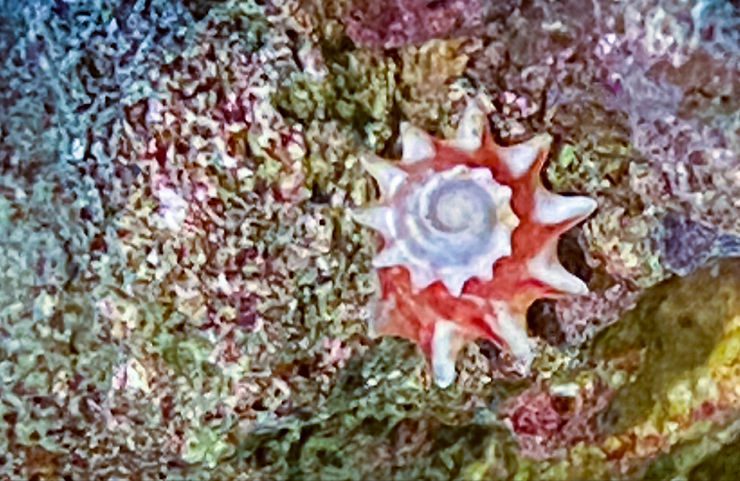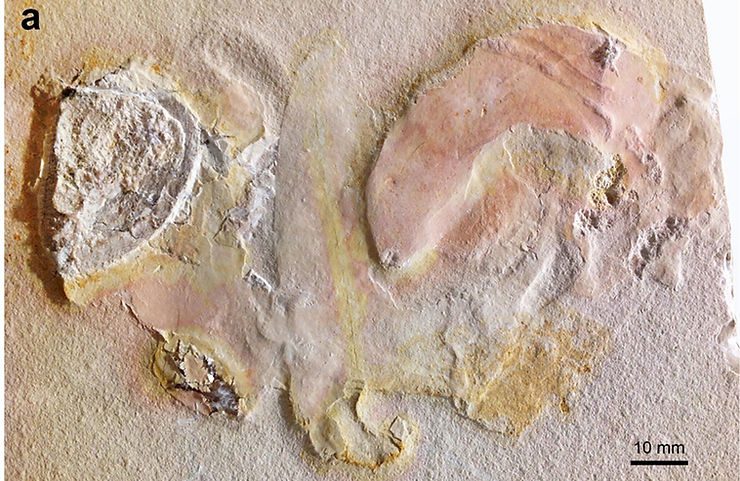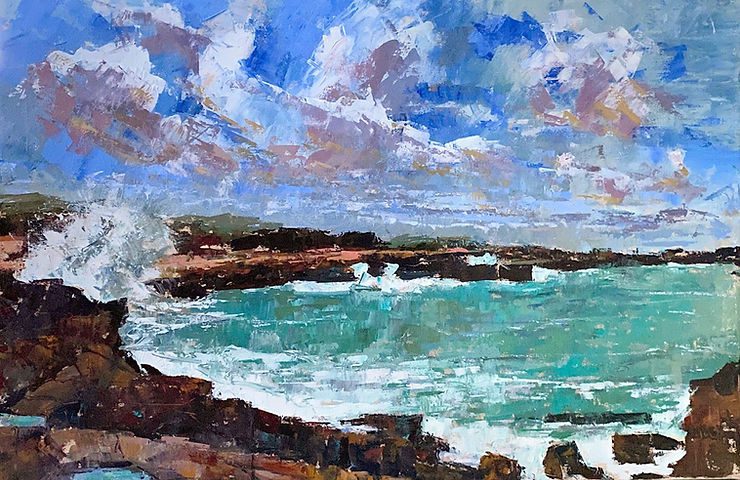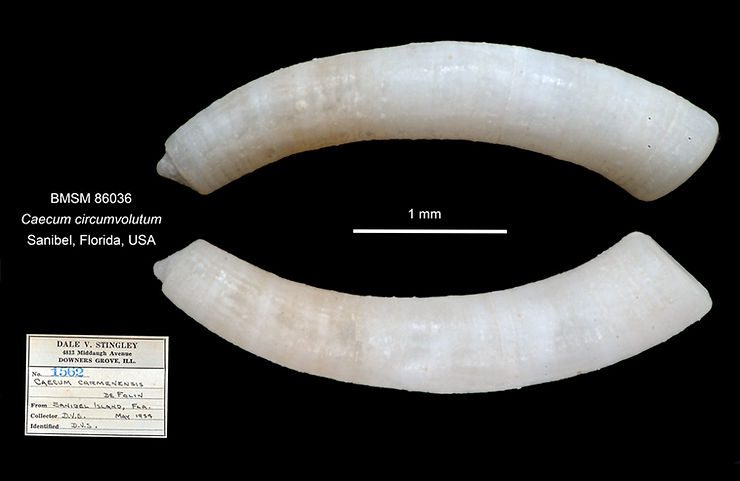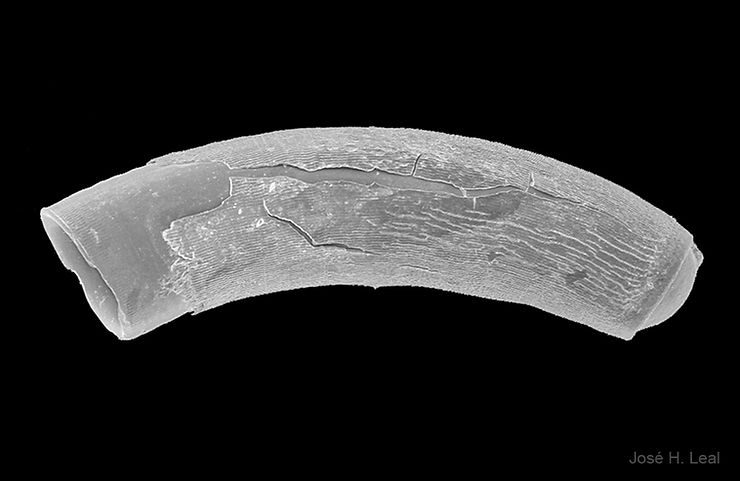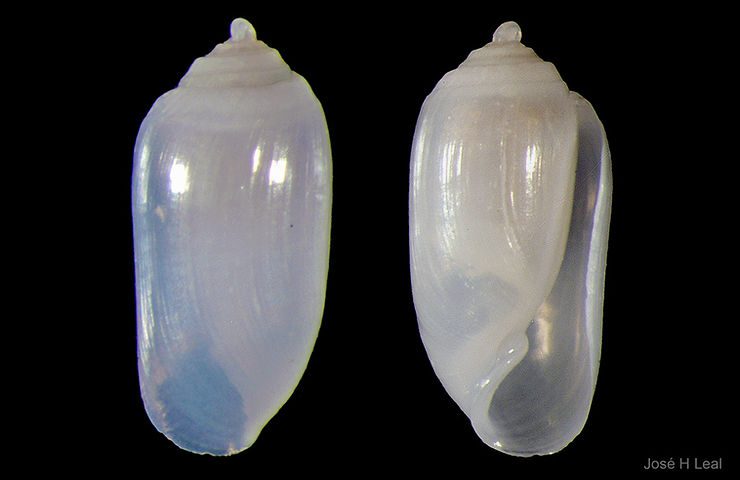
Shell of the Week: The Cande Barrel Bubble
Last week I presented the little Channeled Barrel Bubble; today I want to introduce a is very similar species, the Cande Barrel Bubble, Acteocina candei (d’Orbigny, 1841). Although reaching comparable size (about 5 mm, or 0.2 inch), today’s species differs from the Channeled Barrel Bubble by having a slightly taller spire, more cylindrical shape, and by reproductive and anatomical differences.
